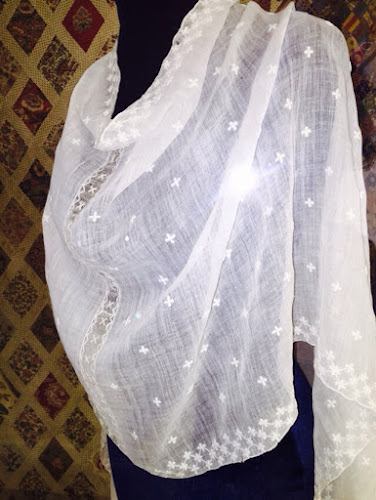I arrived in London at 8:30 on Tuesday morning. Despite having taken a red eye from Chicago, and knowing I had three days and no time to waste accomodating jet lag, I dropped my bags in the hotel room and headed back down to the front desk to call a taxi. I had read that we were close to Jane Austen's house, and I decided to venture out and find it.
This was not a planned trip to the UK. My husband had to go for work, and falling over our ten-year wedding anniversary, he cashed in ALOT of frequent flyer miles to surprise me with a ticket of my own. Our 25-year-old daughter, a teacher, agreed to stay at the house with 17 and 13 while I was gone. I located my passport and packed a bag, after I did the laundry, went grocery shopping, visited my dad at the nursing home and wrote out dinner menus for the girls.
"You should go to Bath," 25 said to me, having visiting the town when she was doing a semester abroad in college. "You will love it."
So I did my due diligence, read the train tables and made plans to go on Wednesday. (Details of this adventure to follow in the next post).
Jane's home, however, the house where she did most of her writing, is in Chawton. Her brother Edward inherited the Chawton Estate from a distant cousin, changed his surname to Knight, and invited his mother and two sisters to live rent-free in a small cottage on his property. They accepted. And it is here, at a tiny writing table by the window, that Jane wrote and revised her novels.
Standing in the bedroom Jane shared with her sister Cassandra, I read a plaque that told me about Jane's daily routine. She spent the morning writing. In the afternoon, she and her sister would walk for hours in the fields and pastures of her brother's estate. They spent the evenings reading, sewing and embroidering. Throughout the house I find examples of Jane's handiwork: a glass case of embroidered baby bonnets for her nieces and nephews, replicas of hand-sewn bed curtains, a pieced quilt top, and a delicate, embroidered shawl.
The plaque goes on to say that it is because of Cassandra that Jane found time to write. Those mornings that Jane spent at her desk, Cassandra managed the household. She oversaw the baking, the cleaning, the collecting of eggs and vegetables, as well as herbs from the medicinal garden. She planned meals, sewed her brother's shirts and took care of hundreds of other minute details necessary to keep house in the 18th century. She also drew and painted the only two known portraits of Jane. Reading this, staring at the little painting of Jane in a blue dress, I know who I came here to see.
Across the street is a teashop called Cassandra's Cup, a nod to Jane's sister, to her creative contribution. Two unmarried sisters, one of whom is wife to the other.
Instead of sitting in the teashop and enjoying scones and clotted cream as I had planned, I walk in the rain toward Chawton House, the old manor house of the estate that is now a library for women's writing of the 18th and 19th Centuries. I wander into the cemetery beside the church.
I find Cassandra's grave and pay my respects.



Wow, Julie. This phenomenon is everywhere, it seems. So interesting to see it played out in the sister relationship. And here I always thought an artist needed a patron. Turns out she needs something a little different.
ReplyDelete